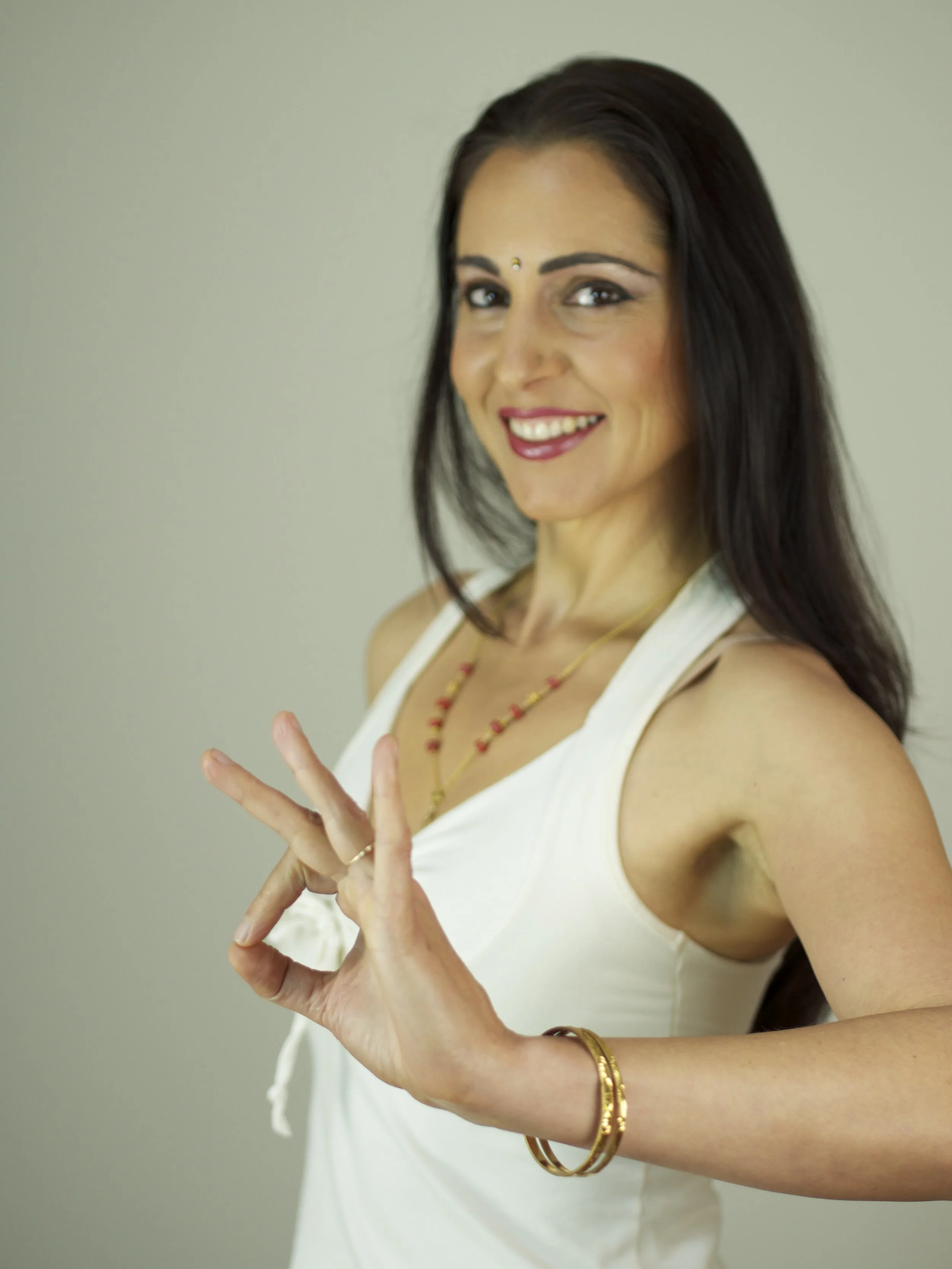In Dance, we can express the sacred, the emotional, the sublime. While dancing, we experience the interconnectedness of humans, earth, heaven, and the cosmos. In Dance, we let our body speak where language cannot reach and embody our innate connectedness, the sacredness of being.
Viewing entries in
Teachings
Rhythm is at the heart and base of all Classical Indian Dance and Music forms. The mood, flow, and expression - all emerge from the ground of time-cycles.
The main percussion instrument of Odissi Dance is the Pakhawaj, also known as the mridanga. Hindustani (North Indian) classical music uses the tabla and Carnatic (South Indian) classical music, the Pakhawaj. All of these drums are two-headed precision instruments played simultaneously in various ways to produce different kinds of sounds. These sounds are then strung together in sequences to create different rhythm patterns. The vocalizations of the actual sounds produced by the drummer, such as dha, di, naka, thini, dhin, tere, take, gadigane, jhom, dhage, and so on, are called bol.
The bols are combined together to create different rhythm patterns (Taals).
Our hands are a source of tremendous power. With such profound dexterity, sensitivity, and utility the human hands may be one of our most defining features as a species. Playing guitar, delivering a baby, knitting a sweater, building a house, wielding a sword, painting intricate figures: through the use of our hands we create and shape the world we live in. Hands can heal, hands can harm. One touch can convey a wide array of thoughts, feelings or intentions. Hands tell the story of our mood or state of mind. When we feel angry, a clenched fist; when anxious, fidgeting fingers. Even plants and animals respond to the subtle nuances of our touch.




